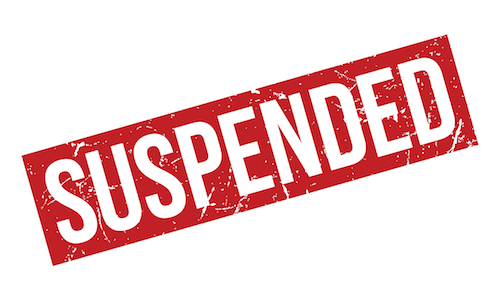Spam I Am
Last April marked the 10th anniversary of the first bulk e-mail advertisements commonly known as spam. That invention is widely credited to a pair of Arizona immigration lawyers who sent mass e-mails to Internet newsgroups in an effort to promote their law firm’s services. Although this offbeat client development effort was reportedly successful, it led to the suspension of one of the lawyers.
Despite the legal angle of this infamous invention, the majority of lawyers have yet to embrace spam as a viable marketing tool. That’s largely because the nature of spam—unsolicited e-mail messages potentially reaching people in many states—can leave any lawyer hitting “send” subject to the nuances of 50 different ethical standards, says Will Hornsby, staff counsel for the ABA Standing Committee on the Delivery of Legal Services.
And the definition of spam is more than just numbers. “If you e-mail 10 people, you could be spamming,” Hornsby says. “The issue is whether the target audience is in need of legal services you can offer.”
While a few state bar associations, like Florida’s, have specifically addressed e-mail marketing in their rules, e-mail is generally judged under rules written to address letters and other more traditional forms of advertisement, which can vary by state. The ABA Model Rules of Professional Conduct do include guidelines for how to write and address e-mail advertisements, including labeling and language instructions, but many states raise the regulatory bar much higher.
And that, many lawyers say, makes mass e-mail marketing too risky. Dennis Kennedy, a solo practitioner in St. Louis, is among the wary. His chief concern? Being cited for soliciting business in a state where he’s not licensed to practice law.
“I’ve noticed in the Missouri rules that some people have a much more expansive definition than I would of what is solicitation,” Kennedy says. “If all I want to do is send an e-mail to people with an article I’ve written or telling them what we’ve got planned for 2005, is that [spamming]?”
Hornsby says an e-mail would be understood to be a solicitation if it makes an explicit offer of legal service. If a lawyer believes that an e-mail could be construed as marketing, the first thing to do is to consider whether the message conforms to federal law. The CAN-SPAM Act prohibits commercial e-mail with an inaccurate return e-mail address, false or misleading information, or deceptive subject headings. It also requires that the sender include clear and conspicuous identification that the e-mail is an advertisement or solicitation and a way for the recipient to opt out of further messages.
The Good Kind of Spam
There are some instances, however, where spam might be worth the risk. One of these instances is the class action lawsuit. Once a class is opened, lawyers are obligated to find as many members of that class as possible. Spam might be an effective way to reach a broad audience once the suit is in motion, Hornsby says.
Whatever the practice area, lawyers who have successfully marketed their services using the kind of mass e-mail campaigns known as spam suggest keeping the effort as tailored as possible. That can mean targeting only those clients or prospective clients who live in a certain area. To do this, use only e-mail addresses originating from sources like trade associations or industry groups, Hornsby says.
Even better are e-mail lists that contain information on who the recipient is and where the recipient lives and works.
St. Louis lawyer Michael Downey goes even further and targets only existing clients. “What we do is direct e-mails to individuals we already work with to encourage them to keep working with us and to send us new business,” he says. “It’s just a way to remind them of what we can do for them.”



